Super Junkers
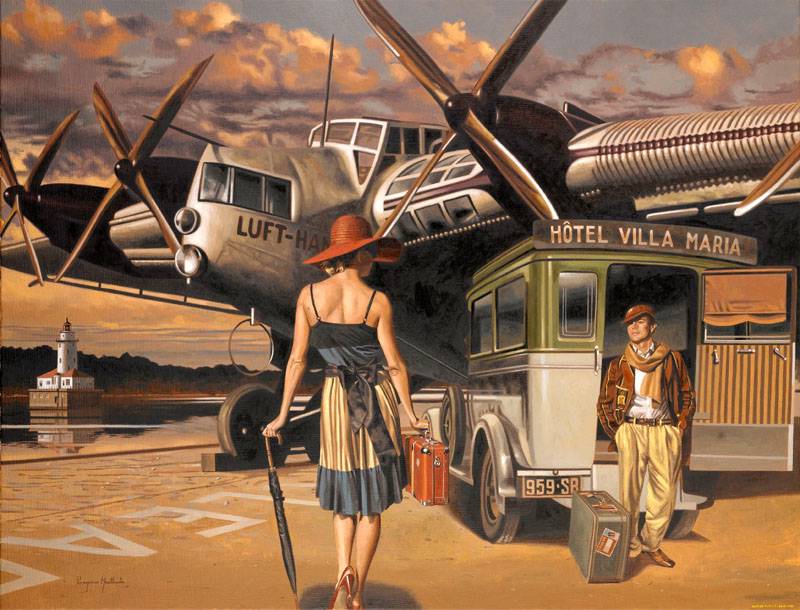
6 November 1929, on the eve of the next anniversary of the Great October Socialist Revolution, for the first time took off from the airfield of the German city Dessau Junkers G-38 - the world's largest aircraft with wheeled chassis. However, this event had nothing to do with the October Revolution.
G-38 was definitely a landmark in stories aviationHowever, in commercial terms, he did not justify himself and was built in only two copies. The huge aircraft was too expensive and difficult to operate, in addition, it required very long runways to take off and land, which greatly limited its use. In general, it was not so much a "workhorse" as a symbolic airplane demonstrating the strength and power of the German aircraft industry. In this regard, it is similar to the Soviet giant Maxim Gorky.
Both copies of the G-38 did not live to write-off due to wear. The first one crashed in 1936 in a test flight after repairs and was declared unfit for restoration. And the second in May, the 1941 was bombed by the British at Tatio Airport in Athens, where he flew in as a military vehicle. Next is a traditional selection of illustrations.
The group of aircraft designers involved in the development of the G-38 in the background of the first instance of the machine. The middle aged gentleman in the center is Hugo Junkers.
G-38 during flight tests. At first, large fairings were put on the chassis carts, but then they were removed to facilitate the car.
G-38 next to the aerobatic "Junkers" A-50.
During operation, two landing lights were installed on the nose of the G-38. Also pay attention to retractable radiators hanging under the wing. Their position could be adjusted, thereby regulating the cooling of the engines. When commissioning, the aircraft assigned onboard code D-2000.
The second copy of the G-38 carried the onboard code D-2500 and the logos of Lufthansa. The engine nacelles and landing gear were painted black, and all other surfaces remained in the natural silver color of duralumin. Note the winged radiators and the ring antenna of the radio compass under the fuselage.
The second copy of the G-38 before enrollment in the "Lufthansa".
[
Boarding passengers in the G-38.
Pilot cabin and passenger compartment G-38. The crew consisted of seven people - pilots, flight mechanics, radio operator and stewards. The airliner transported 32 passengers, while 26 people sat in two fuselage salons, and six more - in the front glazed wing section, between the fuselage and the internal nacelles. In addition, the board had a mini-kitchen, a steward's cabin, a smoking room and a bathroom.
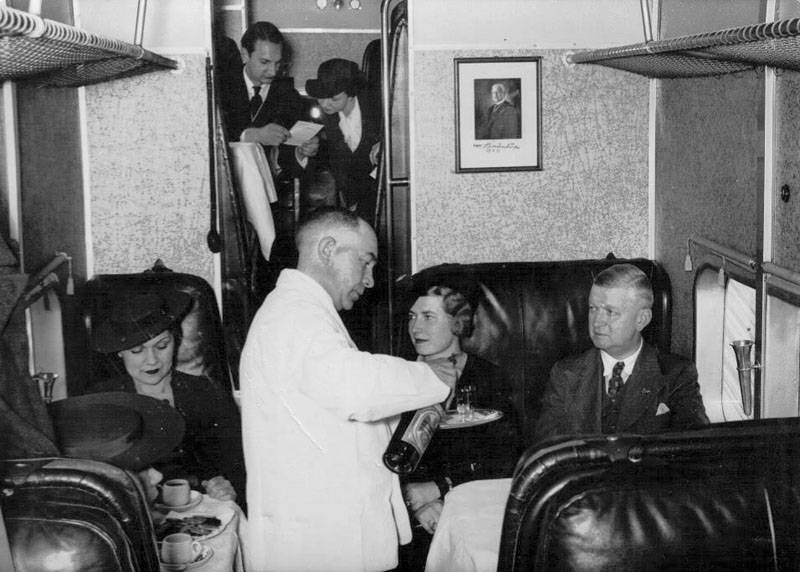
Steward in flight carries the passengers wine. Please note that the salon G-38 was a "one-and-a-half". Its front part was located almost one and a half meters above the rear, as the upper flanges of the wing's side members passed under it.
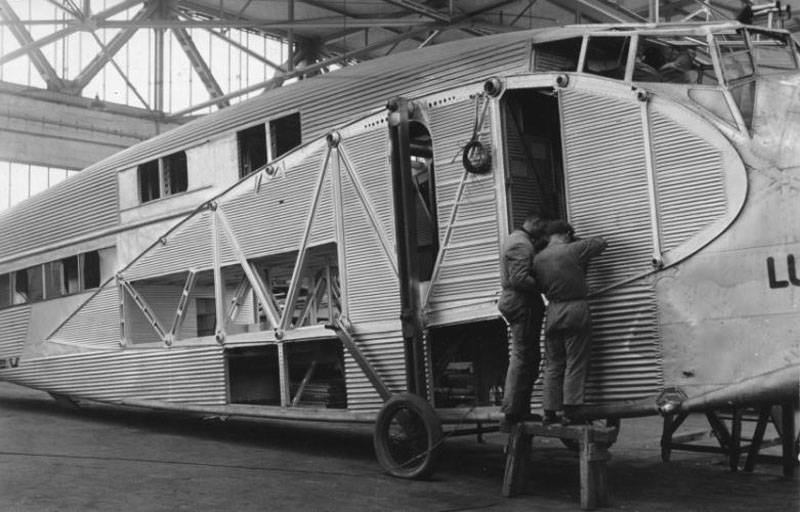
Assembling the fuselage G-38. The corrugated dural lining and the stepped shape of the cabin are clearly visible. Also noteworthy is how thick the wing was of this aircraft.
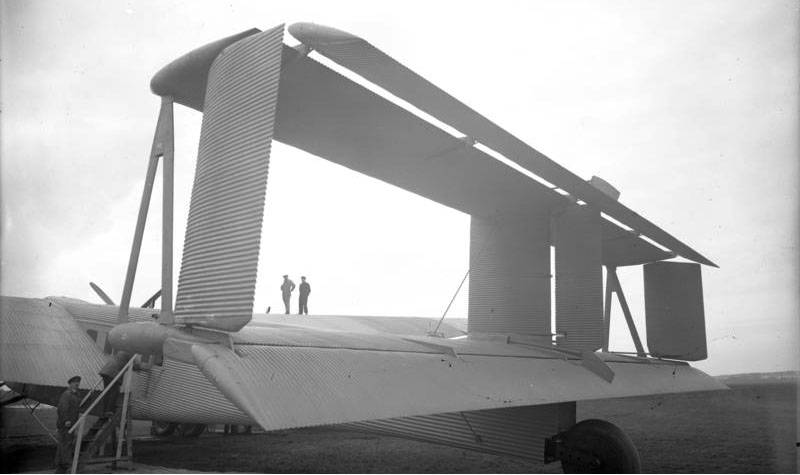
To reduce the size and increase the rigidity of the tail on the G-38, it was made according to a biplane scheme. In the picture - the plumage of the first instance, in which the keel stood in the center, and on the sides of it - only the rudders and struts, holding the upper stabilizer. On the second specimen, instead of braces, additional side keels were installed.
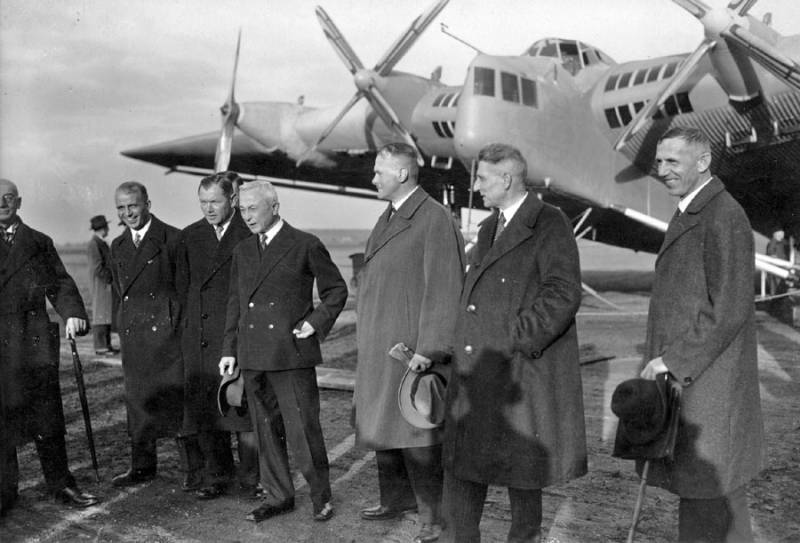
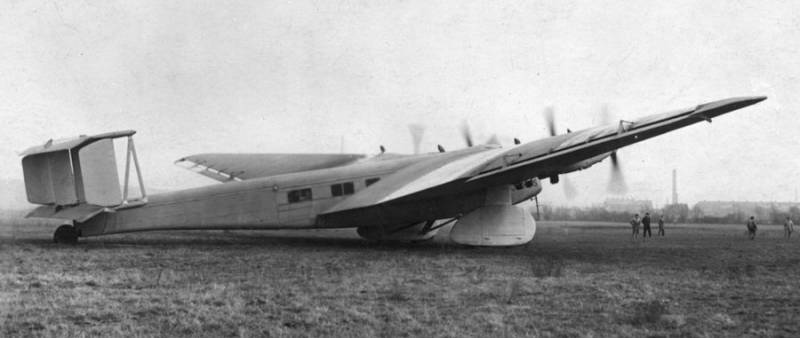

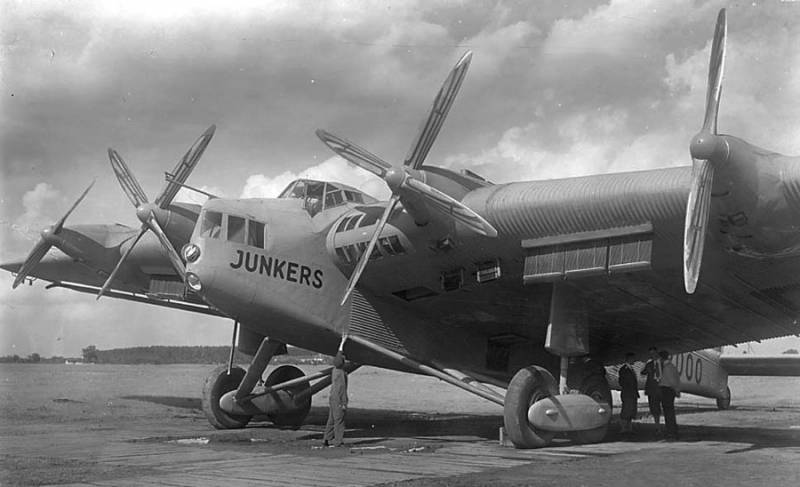
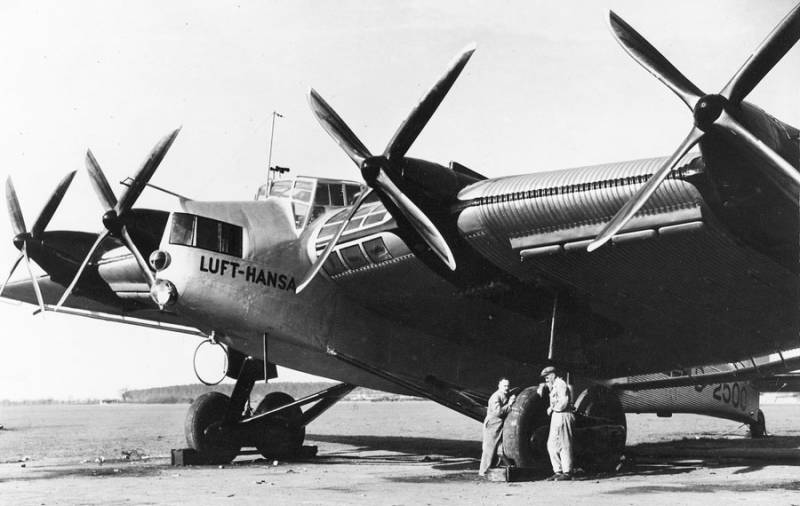

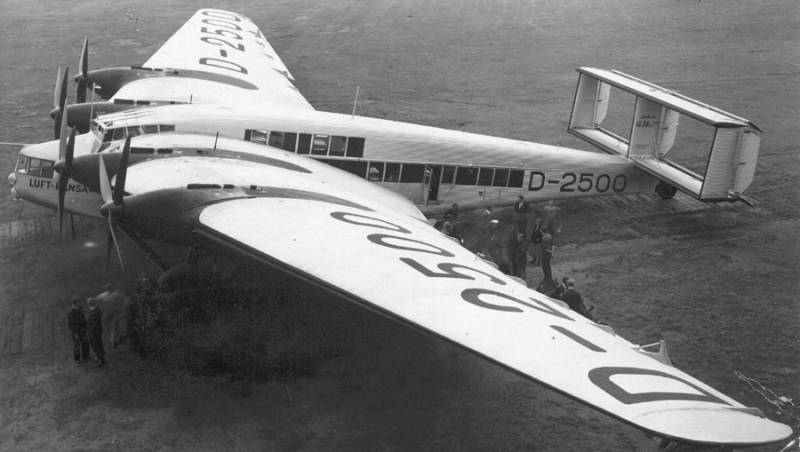
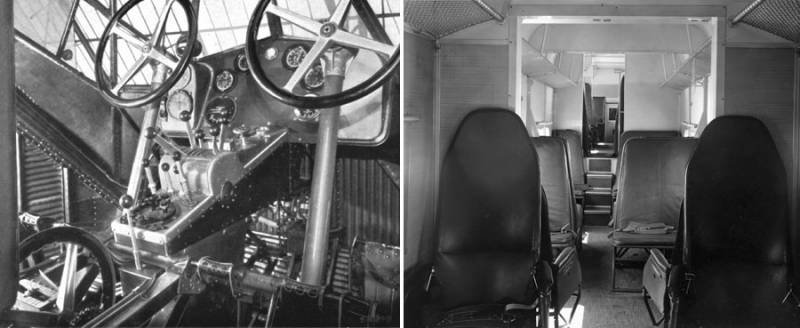
Information